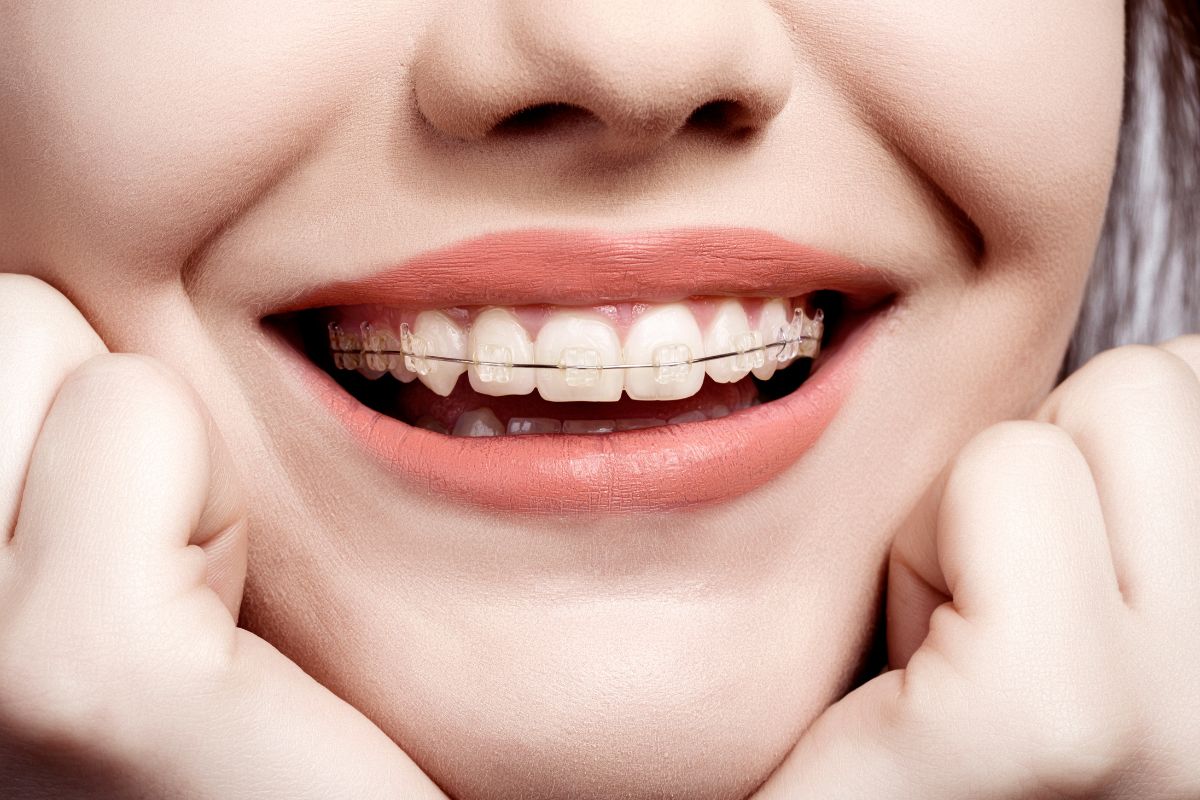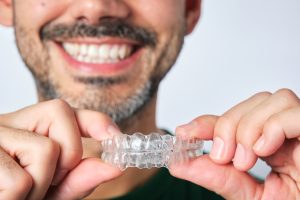If you’re considering getting invisible braces after getting metal braces, you’re not alone. Many people opt for invisible braces as a way to straighten their teeth without the noticeable appearance of metal braces. In this article, we’ll cover everything you need to know about getting invisible braces after metal braces, including the benefits and potential drawbacks, how the process works, and what you can expect during treatment.
Benefits of Invisible Braces After Metal Braces
There are several benefits to getting invisible braces after metal braces, including:
- Improved appearance: One of the main reasons people choose invisible braces is because they are less noticeable than metal braces. If you’ve already gone through the process of wearing metal braces and don’t want to go through it again, invisible braces may be a good option for you.
- Greater comfort: Invisible braces are made of a smooth, plastic material that is more comfortable to wear than metal brackets and wires. This can be especially appealing if you experienced discomfort with metal braces.
- More flexibility: Invisible braces allow you to eat and drink most foods, as long as they are not sticky or hard. With metal braces, you have to be more careful about what you eat to avoid getting the brackets de-bonded and/or the wires dislodged.
How the Process Works
If you decide to get invisible braces after metal braces, the process will be similar to getting metal braces. Here’s what you can expect:
- Consultation: You’ll need to visit an orthodontist or dental professional who offers invisible braces to determine if you’re a good candidate for treatment. They will take X-rays, impressions, and photos of your teeth to create a customized treatment plan.
- Treatment plan: Your orthodontist will create a treatment plan based on your specific needs and goals. They will explain the details of your treatment, including how long it will take and how much it will cost.
- Aligner fabrication: Once your treatment plan is finalized, your orthodontist will send the information to a lab that will create your custom aligners. This process can take a few weeks.
- Aligner fitting: When your aligners are ready, you’ll return to your orthodontist’s office to have them fitted. Your orthodontist will make any necessary adjustments to ensure a proper fit.
- Wear and care: You’ll need to wear your aligners for at least 22 hours per day, only removing them to eat, brush, and floss. You’ll also need to switch out the aligners every week, following the prescribed treatment plan.
- Regular check-ins: You’ll need to visit your orthodontist regularly to have your aligners adjusted and to ensure your treatment is progressing as planned.
It’s important to note that not all adults are candidates for braces. The best way to determine if braces are the right option for you is to schedule a consultation with an orthodontist. They will assess your oral health, discuss your treatment goals, and recommend the best course of action.






